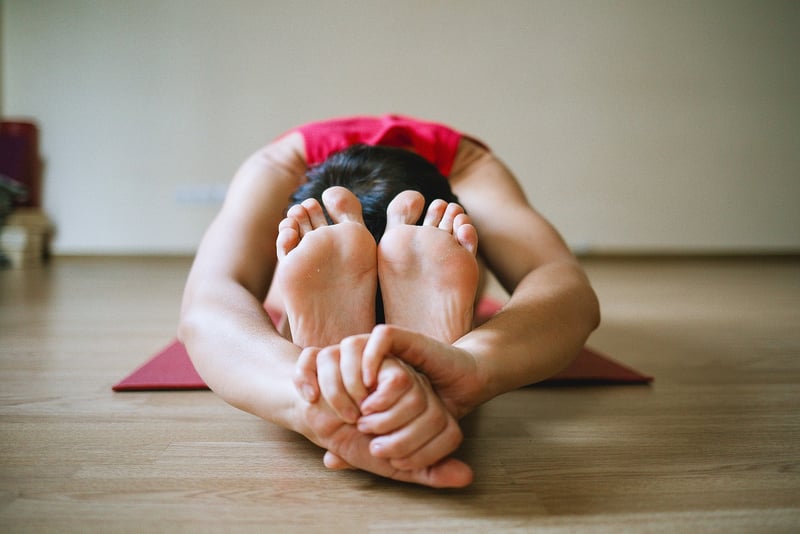Pilates for Flexibility
Mindful Movement Practices and Pilates for Flexibility

Flexibility plays a crucial role in our overall well-being and quality of life. Incorporating mindful movement practices, such as Pilates, into your routine can help improve flexibility, strengthen muscles, and enhance body awareness.
What is Mindful Movement?
Mindful movement involves being fully present and aware of your body's movements, sensations, and breath during physical activity. It focuses on moving with intention, control, and precision, which can lead to improved flexibility and reduced risk of injury.
The Benefits of Mindful Movement Practices
- Enhanced flexibility and range of motion
- Improved posture and alignment
- Increased body awareness and mindfulness
- Stress reduction and relaxation
- Strengthens muscles and core stability
Introduction to Pilates
Pilates is a form of exercise that focuses on core strength, flexibility, and overall body awareness. It incorporates controlled movements, proper breathing techniques, and mind-body connection to improve physical and mental well-being.
How Pilates Improves Flexibility
Pilates exercises target specific muscle groups while emphasizing proper alignment and movement patterns. This helps lengthen and strengthen muscles, leading to increased flexibility and reduced stiffness.
Benefits of Pilates for Flexibility
- Improved muscle elasticity and joint mobility
- Enhanced range of motion in joints
- Reduced muscle tightness and tension
- Prevention of injuries related to tight muscles
- Overall improvement in physical performance
Whether you are new to mindful movement practices or looking to enhance your flexibility through Pilates, incorporating these exercises into your routine can have significant benefits for your body and mind.
Remember to always listen to your body, practice proper technique, and consult with a qualified instructor to ensure a safe and effective practice.
